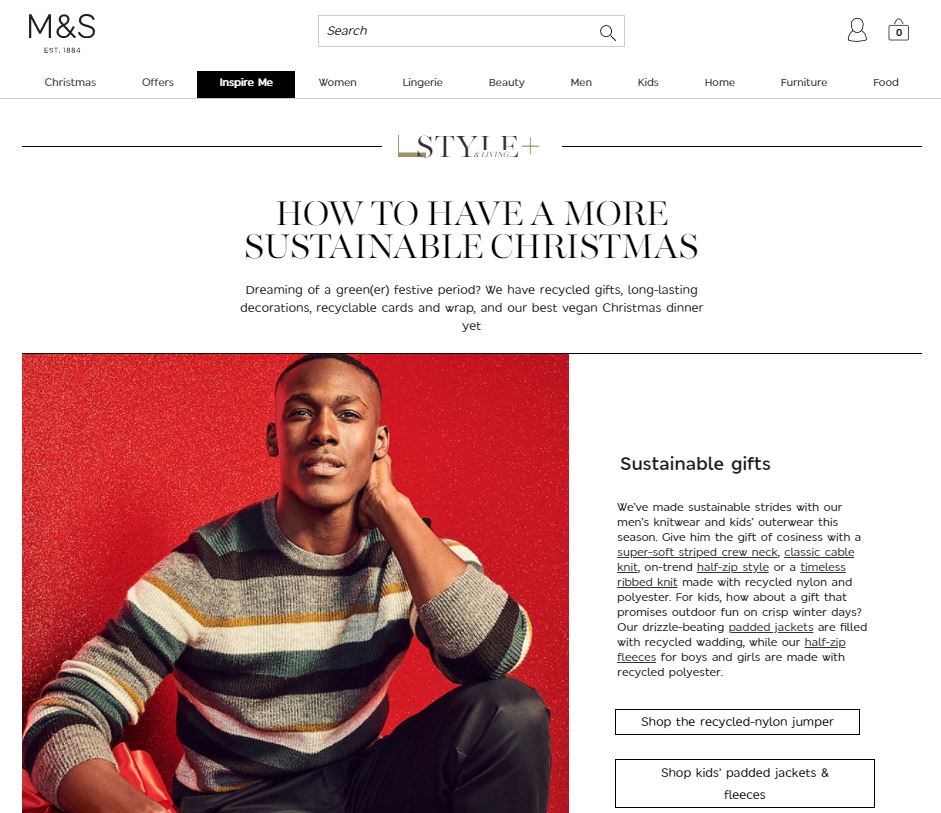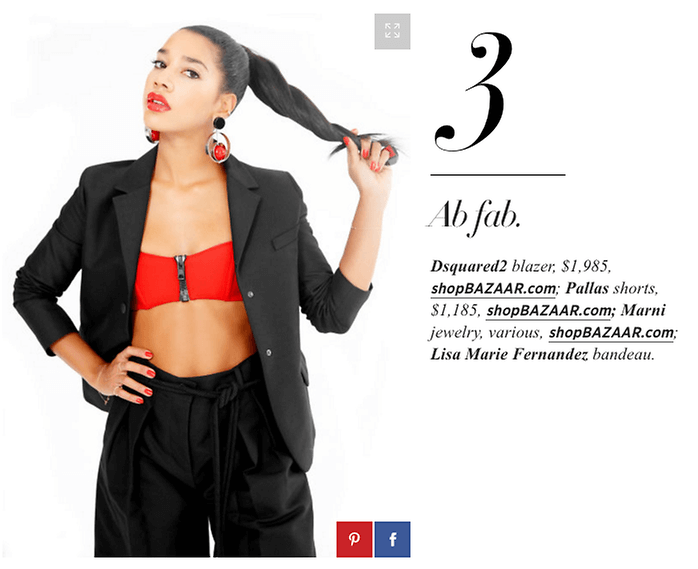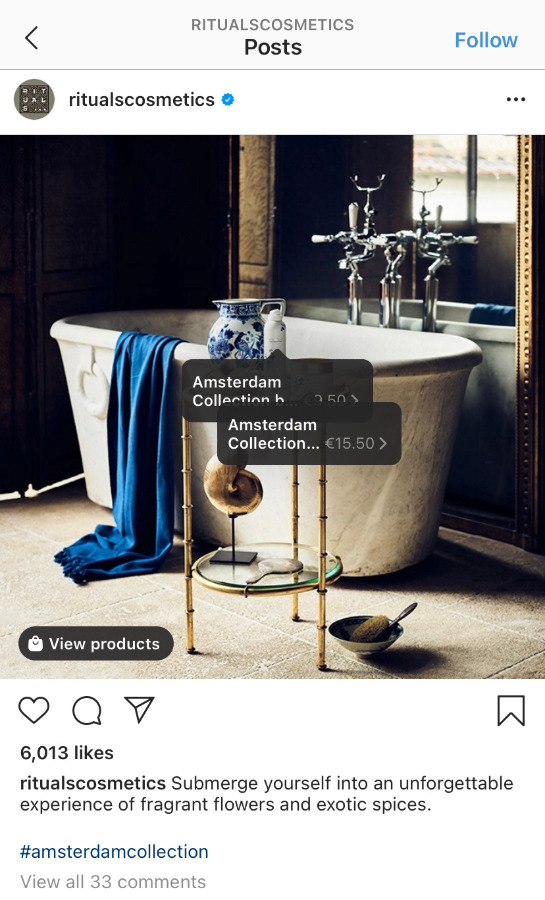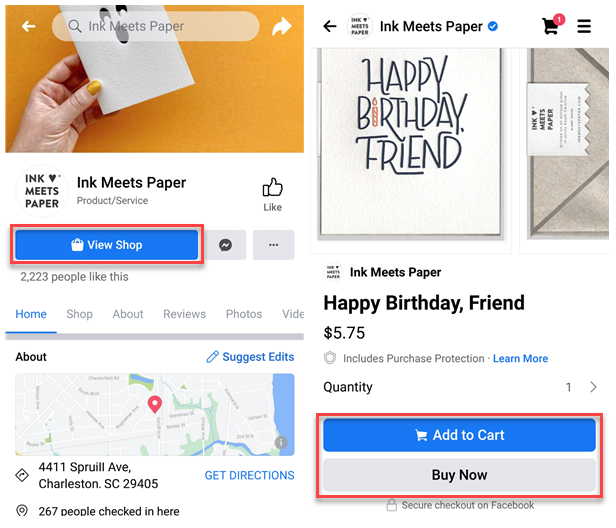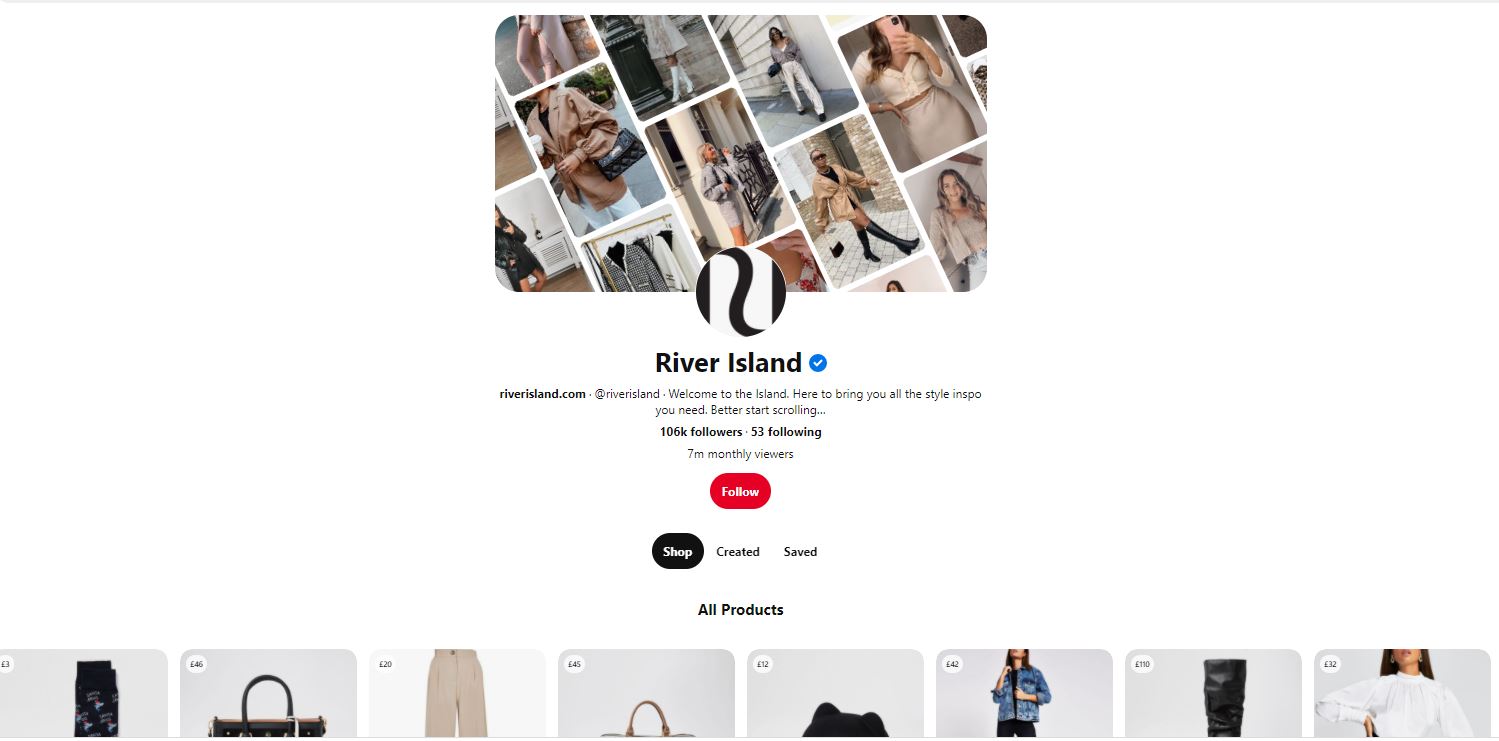Here’s how to use shoppable content to move customers from browsing to buying.
Thanks to improved technology, connectivity and convenience, more ecommerce purchases than ever are being made on mobile. Consumers are spending more time watching videos and scrolling through videos online. Some experts, like Marketing and Communications Director at Livescale Madison Schill, report that with live ecommerce, western brands saw 15 times more engagement than with traditional social media, a 50% increase in the number of customers, and anywhere from 3x to 5x times more sales in 2020 (TechNode).
Shoppable is essential for retailers looking to reach and engage younger, tech-savvy audiences. And better yet, shoppable content also moves customers from browsing to buying, connects the videos and visuals with the product and allows consumers to engage in online shopping with minimal friction.
What is Shoppable Content?
Shoppable content allows consumers to click on a product featured in an image, video, lookbook, online product catalog, etc. The click can add the item to a cart or bring the consumer to an online checkout flow where they can purchase immediately.
This reduces the number of clicks between seeing the product and purchase, especially when used in social media and online video. By providing a direct link from content to cart, retailers are driving more traffic and higher conversions (Styla).
Benefits to Brands of Shoppable Content
- Shorter Customer Journey – giving browsers the option to shop instantly streamlines the path to purchase. This reduces barriers to purchase and offers a simplified, shorter purchasing and checkout process.
- Improved Customer Experience – saving the buyer time and making the buying process simpler enhances their experience. A fast and frictionless checkout process offering preferred payment options is essential to reducing cart abandonment and increasing conversion rates. (Rapyd)
- Tap Into Consumers with Intent – Nearly 45% of the world’s population is on social media. (Oberlo) If someone is looking at content and especially if they have actively searched for it, they are far more likely to make a purchase than someone who is fed an ad on the margins of a web page.
- More Measurable – Conversions and sales that can be attributed to content are much easier to track. Retailers can calculate conversions and monitor click-throughs to products to see where modifications are required to improve ROI.
Examples of Shoppable Content
Shoppable content is shifting the landscape for brands dramatically, increasing customer engagement and driving faster conversions. For online retailers, incorporating shoppable content enhances the customer’s shopping experience and can be done in a number of different ways. Using an existing social media channel as the shoppable content platform can be set up, measured and optimized without a huge investment.
Shoppable Text/Photos
In its most simple form, shoppable content can be a text link back to the relevant product or an image that includes a tag with the buying options for the products in the photo. This additional link offers the consumer the ability to act on any interest or buying intent they have right away – moving them from browsing to buying.
Marks and Spencers, the UK Retailer, Uses its Styling Blog to Feature Products from Their Online Store.
Inspired by the content, consumers have the option to click directly to the product page to make a purchase.
Shoppable Video
Videos capture and hold shoppers attention far more than a static image. Shoppable Video Content can convey both product-specific and higher-level brand messaging in an engaging viewing experience that can encourage an instant purchase. Retailers can drive sales growth through the integration of shoppable links from product imagery in brand videos and video ads, allowing consumers to purchase directly from the content.
Harper’s Bazaar partnered with an influencer to create a shoppable interactive video called “The Sport of Being Hannah Bronfman”.
Showcasing items from the online store in a sporty clip, the viewer can shop directly from the video. The video got 80K shares on social media in comparison to the non-interactive article which received 138 shares.
Social Shopping/Shoppable Posts
Social media channels make an ideal shoppable content platform. The need to redirect shoppers from a social media platform to an ecommerce site and the additional steps to complete a purchase was increasing cart abandonment rates for advertisers. In response, platforms like Facebook and Instagram have evolved to allow customers to make purchases without leaving the platform. Creating shoppable posts brings the store to the consumer instead of trying to drag the consumer to the store.
Shoppable Content Instagram
Shoppable Instagram posts are marked using a shopping bag icon. If the viewer clicks on these, any product featured in the image will be presented with additional information and options to purchase or visit the website. Instagram checkout is not currently supported in all countries.
Ritual Cosmetics creates shoppable Instagram content to illustrate how their products fit into the buyer’s daily life.
Shoppable Instagram content features the products in beautifully staged settings, without a direct focus on the actual product to create a compelling image designed to trigger the viewer to take action and make a purchase.
Barbour helps customers find and purchase the times that suit their particular style.
Barbour, established in 1894 offers men’s, women’s and children’s clothing. Using Instagram shoppable ads and posts to connect with their target audience, sales have increased by 42% and traffic to the website from Instagram is up 98%.

Facebook Shops gives retailers a platform to reach online consumers. Virtual storefronts that reside on the business’s Facebook page allow customers to discover, share, and purchase without ever leaving the social media platform.
Ink Meets Paper allows its Facebook community to make a purchase without leaving the platform.
By including a button on their Business Page that connects directly to the Facebook Shop, this retailer can tap into its online followers and offer them the content and the convenience to convert them into paying customers.
How to Create a Shoppable Post on Instagram or Facebook
- To create shoppable Instagram and Facebook posts, retailers need to ensure that they have business accounts on each platform. For Facebook, this translates into having a Facebook Page as opposed to a profile and for Instagram having a business account.
- These two accounts need to be linked.
- The products offered must comply with Instagram/Facebook policies.
- The Facebook Business account needs to be connected to a Facebook Catalogue either using Facebook Business Manager or through the ecommerce platforms (e.g. Shopify and BigCommerce)
- Add Instagram to the ecommerce platform and once approved use business settings in Instagram to enable Shopping.
Pinterest’s Buyable Pins let consumers buy directly from Pinterest without leaving the app. In 2019 almost 50% of Pinterest users stated that they used the platform to find or purchase products. (Cowen and Company) This makes it an important channel for brands to generate leads, drive sales and build brand awareness.
River Island followers and potential customers can view and purchase all ‘Products Pins’ that are collected on the business’ main page.
A clearly featured Shop tab enables users to shop for items directly from the profile and drive traffic to the ecommerce site.
How to Create Buyable Pins on Pinterest
- Retailers need to have a Pinterest Business account to create Buyable Pins and the business’ website needs to be integrated with an ecommerce platform that links with Pinterest.
- The business needs to apply for approval to connect the site to Pinterest Buyable Pins and it may take 3-5 days for buyable pins to appear in search results.
- Saving your Buyable Pins to public boards reaches beyond existing followers and connects with new potential buyers.
Combining Content and Commerce Drives Conversions and Increases Revenue
Shoppable content drives key metrics across all stages of the customer journey, from attracting new leads to conversions and sales. Integrating commerce functionality with interesting and relevant content has produced a compelling and effective experience, requiring minimal effort on the part of the consumer and maximizing conversion rates and revenue for retailers.
Grow Globally With Rapyd – Reach More Customers Worldwide
Explore all the capabilities and payment methods Rapyd has available. With the ability to accept credit and debit cards, plus hundreds of local and alternative payment methods worldwide, Rapyd is the easiest way for businesses to reach more places and more customers globally.
- Don’t wait, start selling today
- Accept payments worldwide
- Fast, reliable customer service
Rapyd makes it easy to reach billions of customers by accepting cards and local payments worldwide.
Sources
Cowen and Company. “”Shoptalk 2019: Key Takeaways for Ecommerce, Visual Search, and Fulfillment.”” Cowen and Company, February 2019, https://www.emarketer.com/chart/226979/social-media-activities-performed-by-us-social-media-users-by-platform-feb-2019-of-respondents.
Oberlo. “10 SOCIAL MEDIA STATISTICS YOU NEED TO KNOW IN 2020.” 2020, https://www.oberlo.com/blog/social-media-marketing-statistics.
Rapyd. “The Future of Commerce is Mobile.” August 2020, https://www.rapyd.net/blog/the-mobile-payments-revolution-is-happening-today-is-your-business-ready/.
Rapyd. “The Mobile Payments Revolution Is Happening Today. Is Your Business Ready?” August 2020, https://www.rapyd.net/blog/the-mobile-payments-revolution-is-happening-today-is-your-business-ready/.
Styla. “What Is Shoppable Content?” Styla, https://blog.styla.com/en/what-is-shoppable-content.
TechNode. What can Europe learn from China’s live e-commerce boom? https://technode.com/2021/11/04/what-can-europe-learn-from-china-livestreaming-eCommerce -boom/
Subscribe Via Email
Thank You!
You’ve Been Subscribed.

